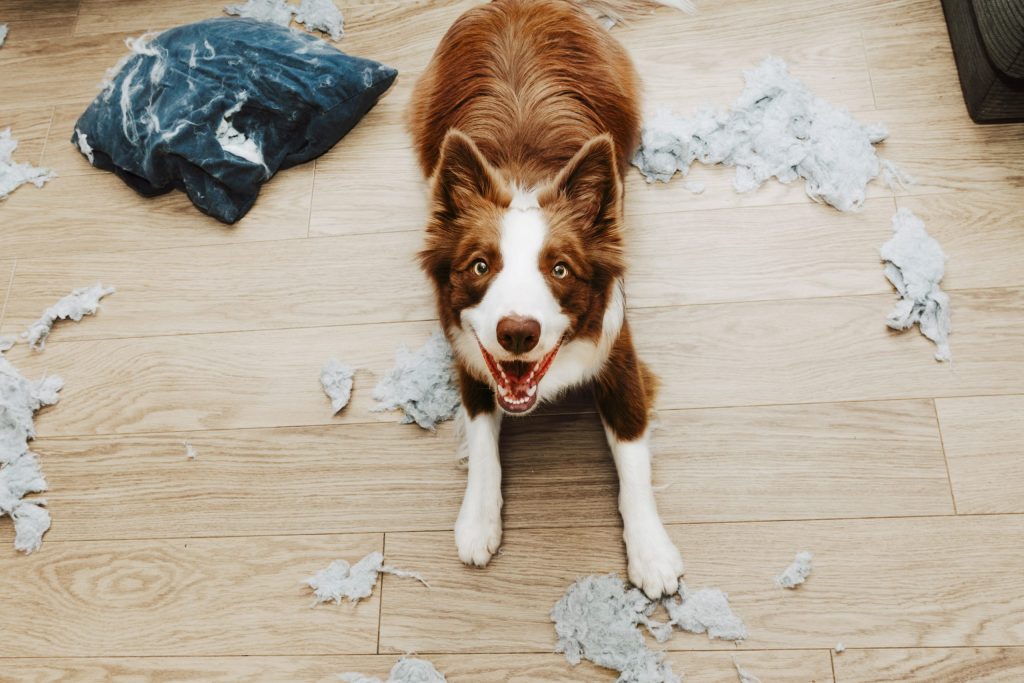
Understanding Pet Separation Anxiety: Causes, Symptoms, and Solutions
Separation anxiety is a common but often misunderstood condition that affects many pets, especially dogs and cats. When pets become overly attached to their owners, being left alone—even for a short time—can trigger intense stress, leading to problematic behaviors and emotional distress. Recognizing the signs of separation anxiety and taking steps to address them can greatly improve your pet’s quality of life and strengthen your bond.

What Causes Separation Anxiety in Pets
Several factors can contribute to separation anxiety. Pets adopted from shelters may have experienced abandonment or sudden changes in environment, making them more sensitive to being left alone. Major life changes—like moving to a new home, a change in household members, or a shift in routine—can also trigger anxiety. Some pets are simply more prone to anxiety due to their breed or temperament.
Recognizing the Symptoms
Pets with separation anxiety often exhibit clear behavioral signs when their owners are away. These can include:
- Excessive barking, whining, or howling
- Destructive behavior like chewing furniture or scratching doors
- Attempts to escape confinement
- House soiling, even in previously trained pets
- Pacing, drooling, or trembling when left alone
These behaviors are usually not caused by lack of training or disobedience but are a genuine reaction to distress.
How to Help Your Pet Cope
Addressing separation anxiety involves both behavioral training and environmental changes. Some effective strategies include:
- Gradual Desensitization: Start by leaving your pet alone for short periods and gradually increase the duration. Pair your departures with something positive, like a special treat or toy.
- Create a Safe Space: Provide a comfortable area with their favorite blanket, toy, or an item with your scent. This can help them feel secure while you’re gone.
- Interactive Toys and Puzzles: These can distract your pet and keep their mind engaged. Toys that release treats can be especially effective.
- Calm Departures and Returns: Avoid making a big fuss when you leave or return. Keeping greetings low-key helps your pet feel less anxious about transitions.
- Routine and Exercise: Regular walks, playtime, and feeding schedules provide structure and help burn off excess energy, which can reduce anxiety.
When to Seek Professional Help
If your pet’s separation anxiety is severe or not improving with home strategies, it may be time to consult a veterinarian or animal behaviorist. In some cases, medication or professional training may be necessary to manage symptoms effectively.
Building Trust and Independence
Helping your pet feel safe and secure when you’re away is a process that requires patience and consistency. By understanding their emotional needs and working to build their confidence, you can ease separation anxiety and foster a more balanced, happy companion. Taking these steps not only improves their well-being but also strengthens the trust and love you share.







